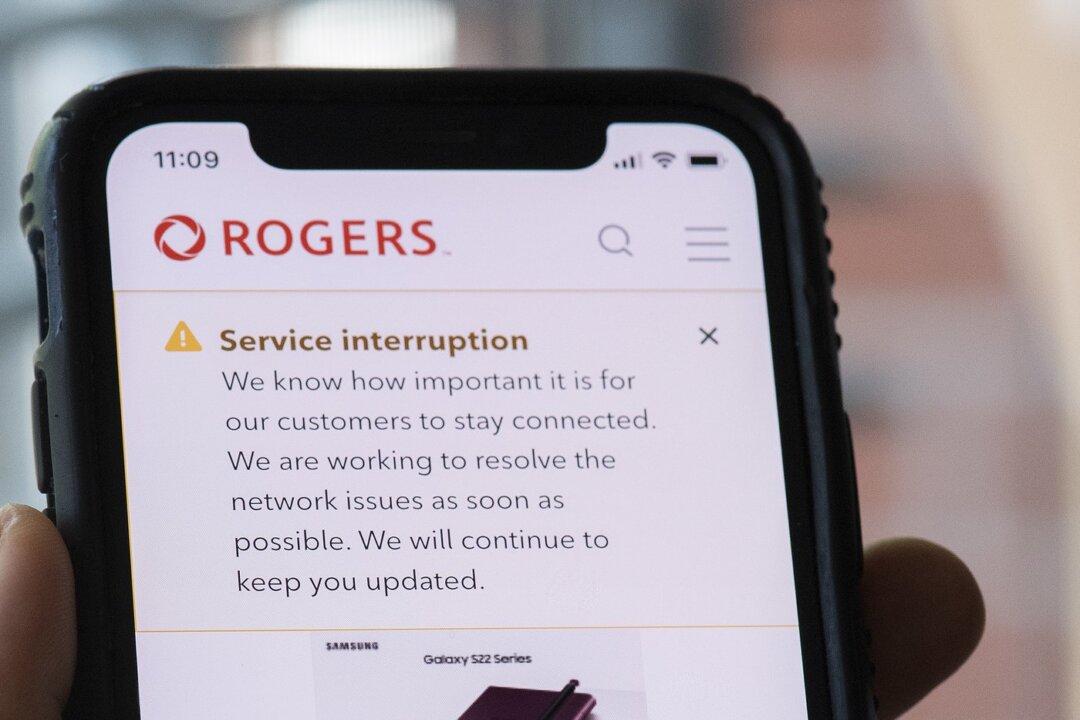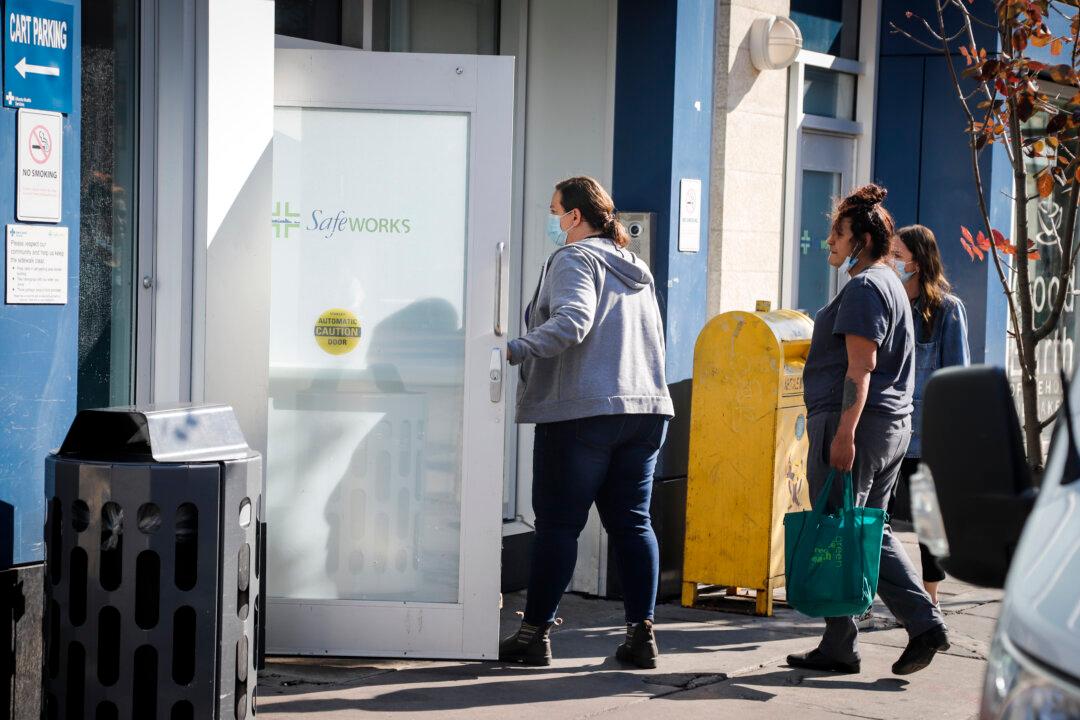A mistake by Rogers staff was behind the 2022 outage where 12 million customers lost wireless services, according to an independent report.
The wireless outage occurred on July 8, 2022, and lasted 12 to 15 hours, with some customers saying they could not even dial 9-1-1 from their cellphones.





